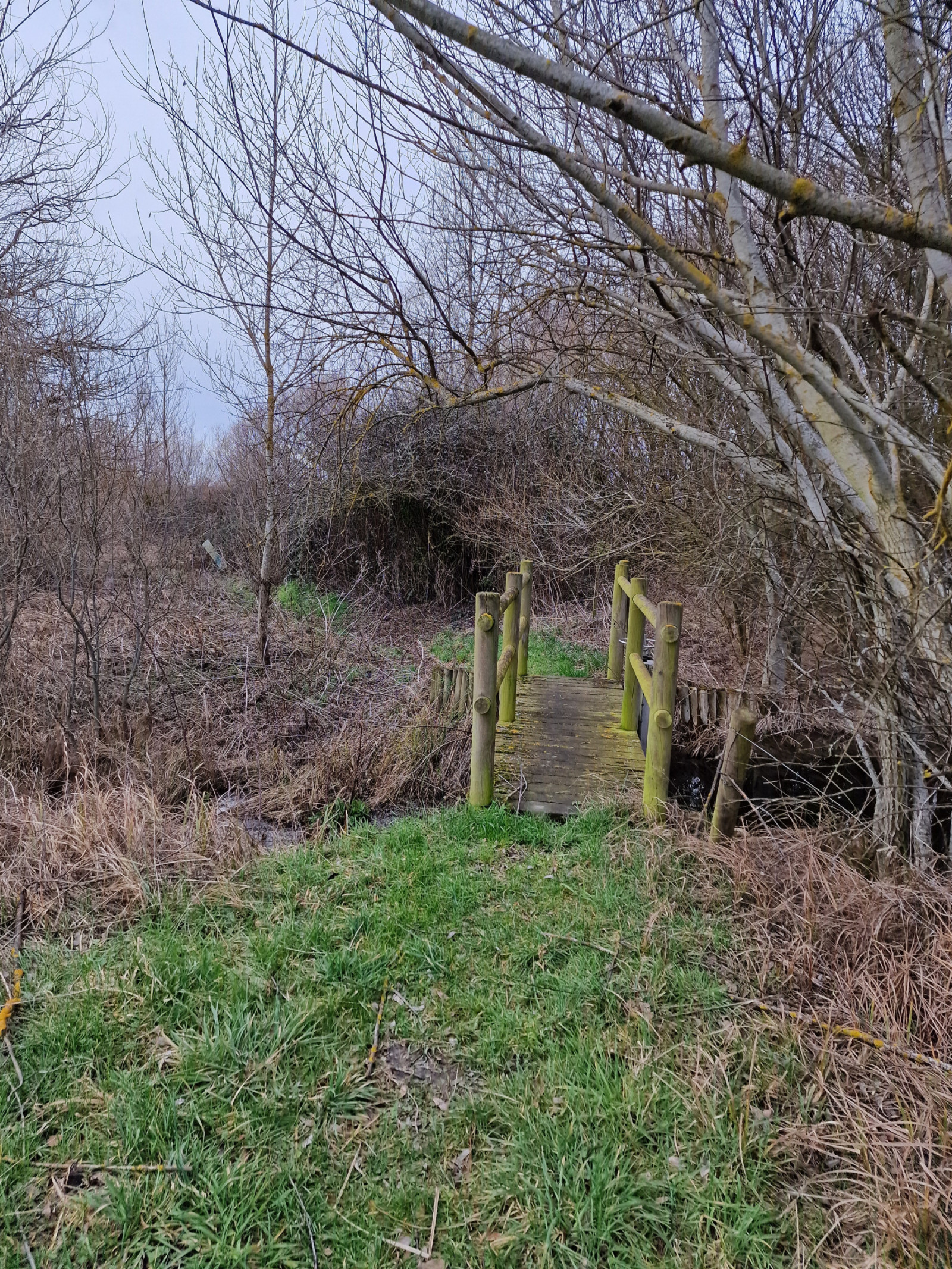Description
Lagunas de Atapuerca is an area of 16 hectares with 5 lagoons. The lagoons are a resting place for numerous migratory birds as they pass through the Bureba corridor, as well as a watering hole for steppe birds and a breeding ground for several species of waterfowl. Two observatories have also been created and the restored mill will serve, in the future, as an interpretation center for wetlands. In the fields around the lagoons you can see larks, Vivak, Prepelica and Španska kamenjarka in spring, while in winter sparrows, Severna zeba and Crnogrla strnadica are more common. Birds of the lagoons are Senica vuga, Barski petlovan, Veliki trstenjak, wagtails, plovers, Sprudnik pijukavac, Sprudnik migavac, Crvenonogi sprudnik, Sprudnik ubojica and Muljača, among others. Throughout the year you can observe Mali gnjurac and Eja močvarica. In winter geese, ducks, Barska šljuka, Riđa lunja, Vodomar, Crvenokljuna galica and Ždral.
_________________________
Espagnol: 16 hectáreas han sido recuperadas con 4 lagunas creadas con el agua procedente del propio nivel freático del suelo y del agua de varios manantiales. La quinta laguna se ha dejado sin vallar para el uso y disfrute de los vecinos. También se han creado dos observatorios y el molino restaurado servirá, en un futuro, como centro de interpretación de los humedales.La importancia de estos humedales radica en su situación geográfica, en la ruta migratoria de numerosas aves. Aves de los cultivos: en los campos de cultivo de los alrededores de las lagunas se pueden ver alondras, avefrías o perdices rojas en primavera, mientras que en invierno son más comunes los gorriones, pinzones reales y escribanos. Aves de las lagunas: en las orillas se suelen reconocer ejemplares de lavandera blanca, chorlitejos, zarapitos y agujas colinegras, entre otros. Durante todo el año podemos disfrutar con las fochas, azulones, zampullines y aguiluchos laguneros. En invierno abundan los ánsares, ánades rabucos o patos cuchara, procedentes del norte de Europa. En primavera acuden numerosas aves para la cría, como la garza.
Details
Access
The lagoons of Atapuerca are located just north of the village of Atapuerca. From the village you can make a 5 km circular walk around the lagoons and through the surrounding fields. This route also passes the two bird observatories.
_________________________
Espagnol: Las lagunas de Atapuerca se encuentran justo al norte del pueblo de Atapuerca. Desde el pueblo se puede hacer una caminata circular de 5 km alrededor de las lagunas y por los campos aledaños. Esta ruta también pasa por los dos observatorios de aves.



